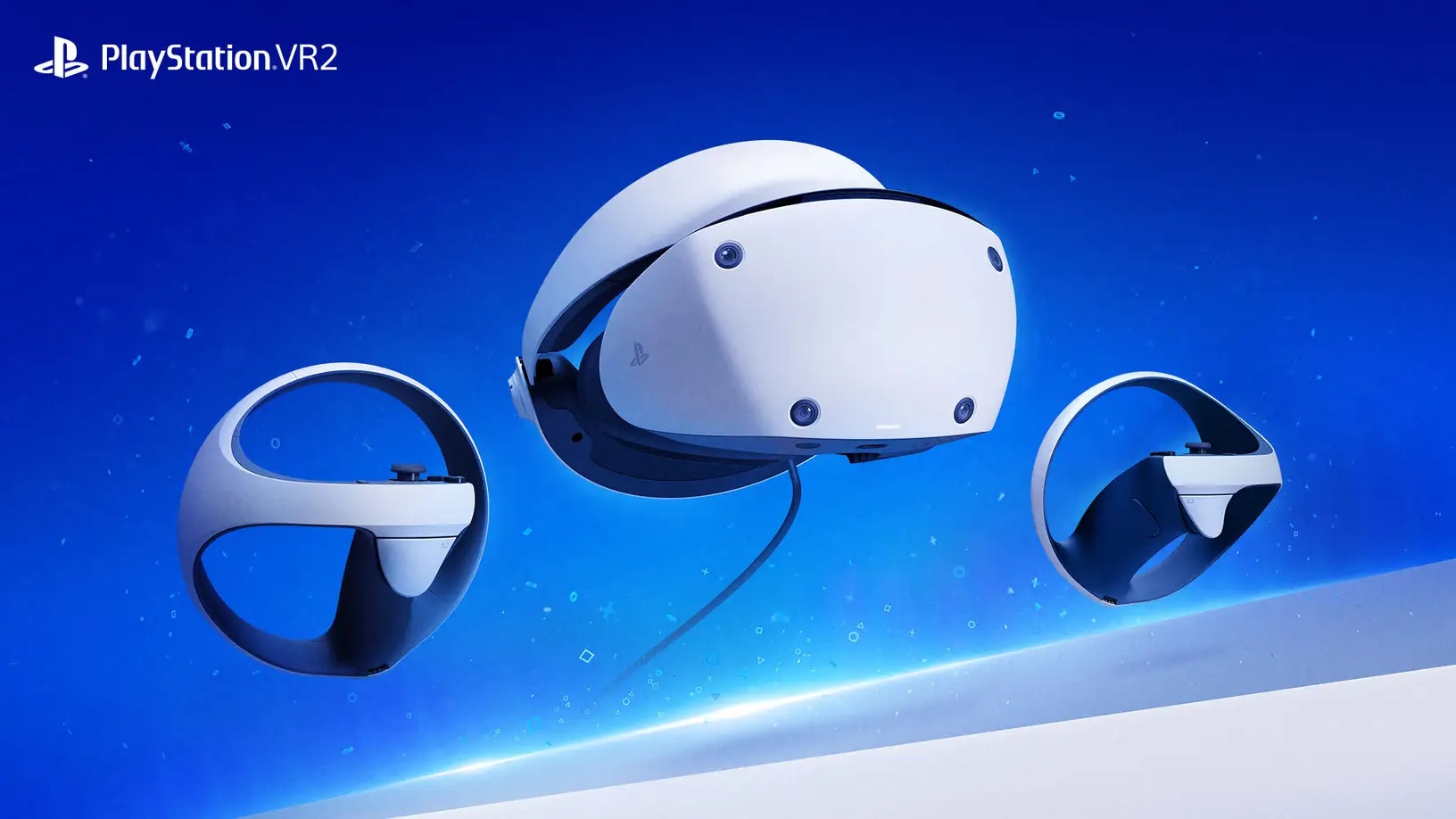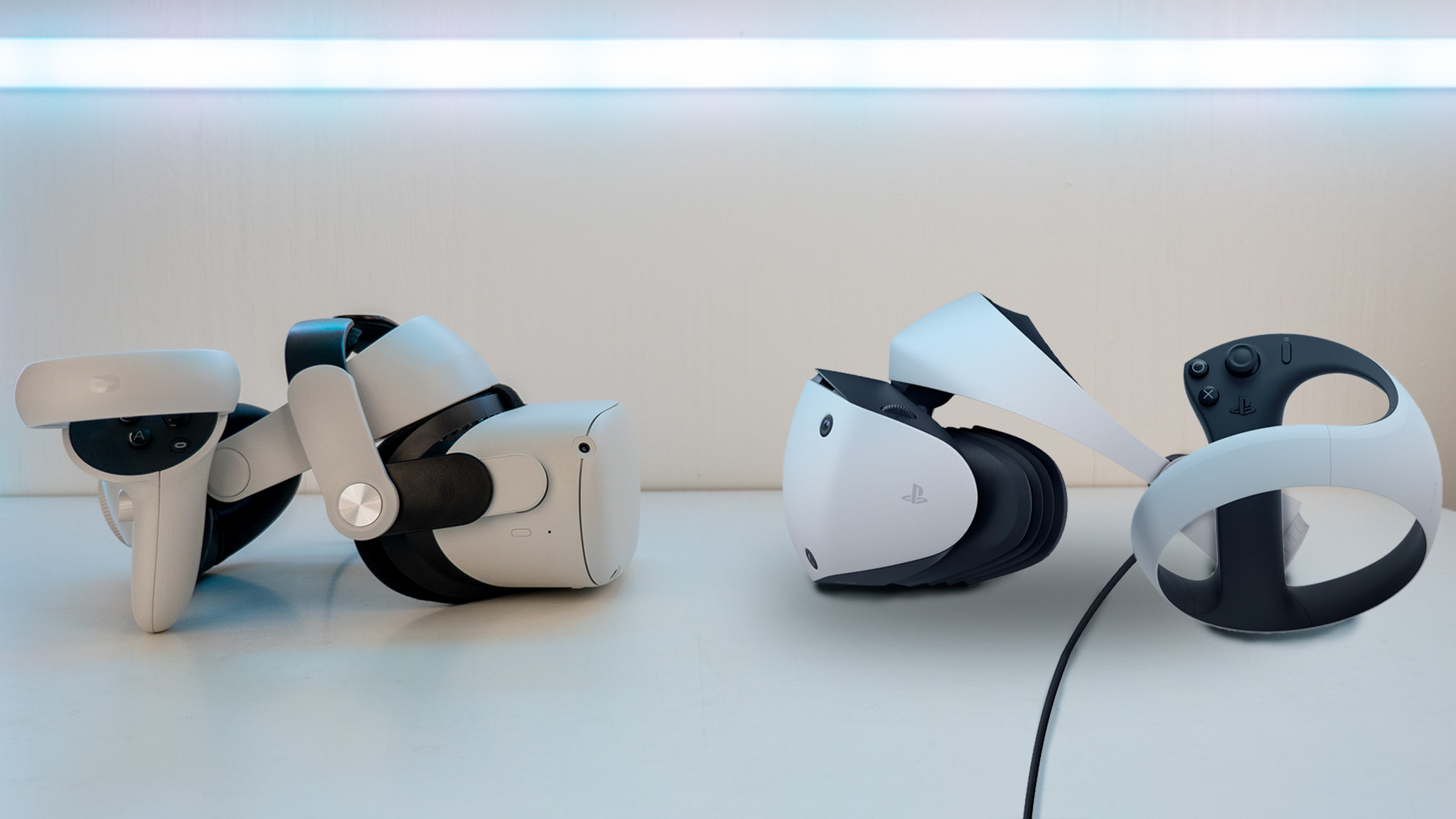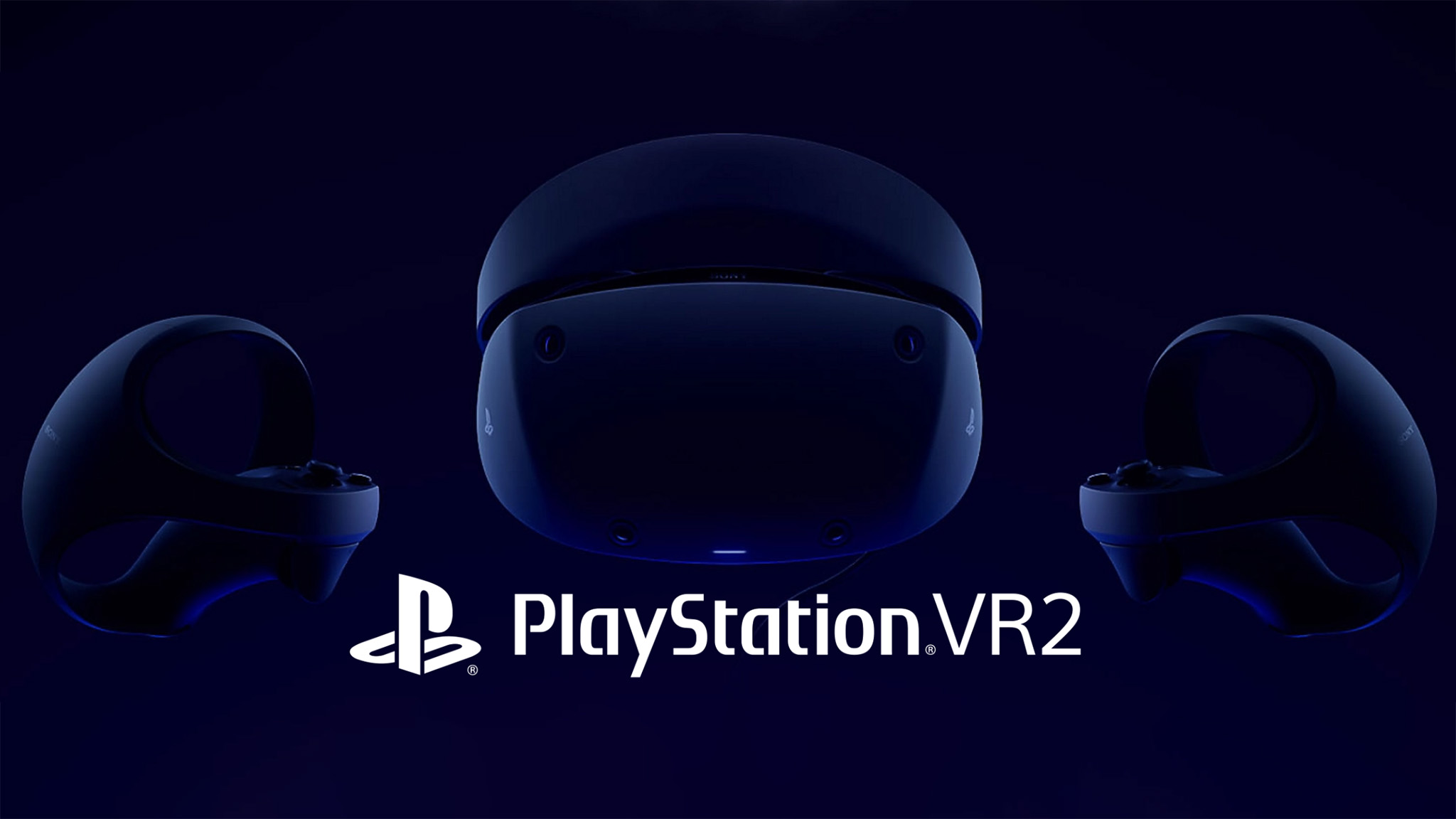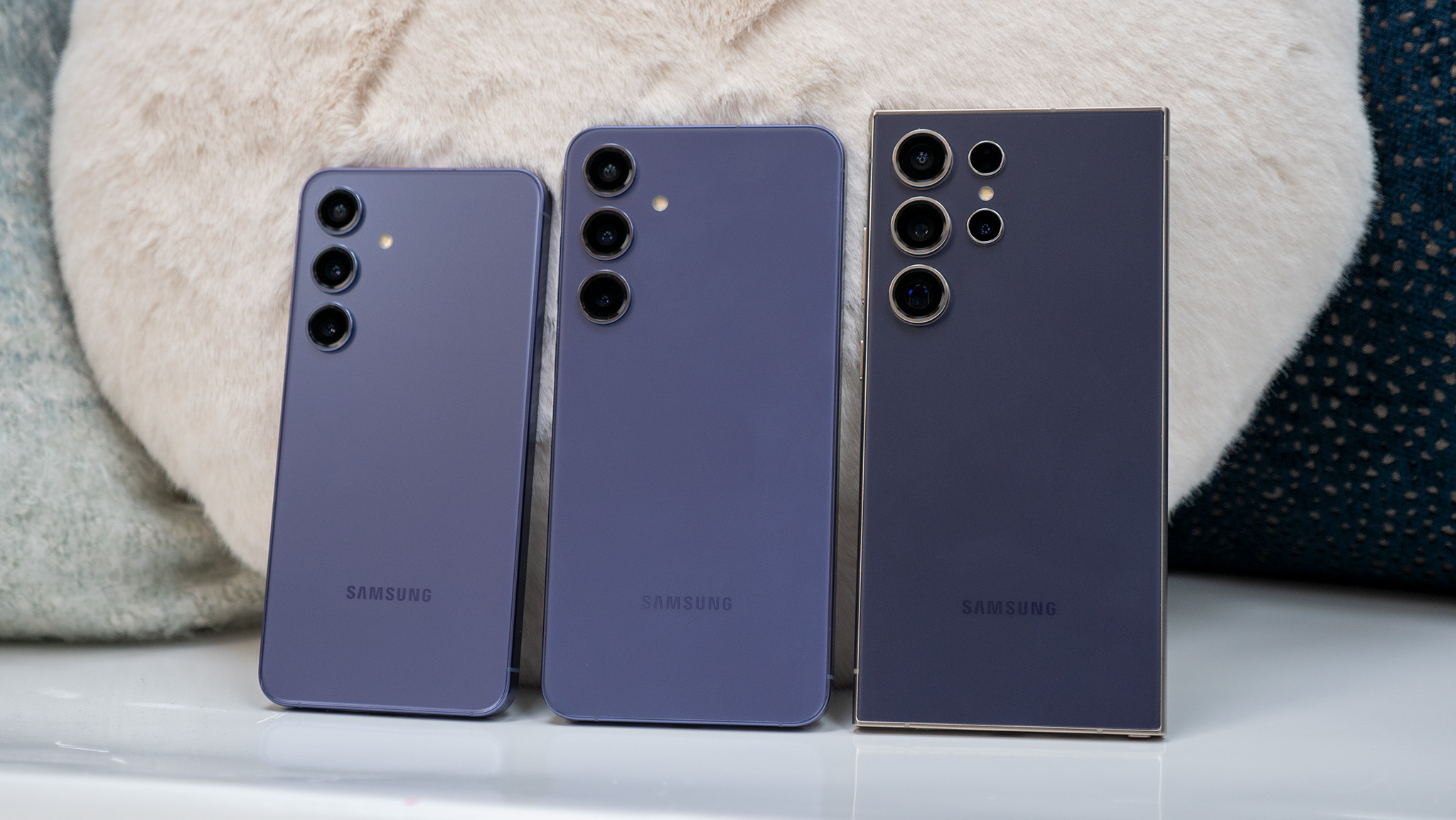Actually, the PS VR2 isn't too expensive
If Sony didn't want its new headset gathering dust in closets, it needed to give it the tech to stay relevant for years to come.

This week, we learned that the PS VR2 price would be a whopping $550 in advance of pre-orders opening on November 15 and a February 2023 release date. Considering you can buy a PS5 for $400-$500 and the original PSVR cost $400, many analysts — including my colleague and fellow VR nerd Nick Sutrich — are noting that the PS VR2 is too expensive to encourage high sales and developer buy-in.
I can certainly see the merit in these arguments. Meta has sold 15 million Quest 2 headsets because it launched at $300 and didn't require a computer or console to power it; once Meta raised the price by $100, console sales dipped, according to the latest Meta earnings report. But current Quest owners took their saved money and invested in the Quest Store, where over 400 games have made over $1 million.
For Sony, the hurdles of the PS VR2 price and PS5 requirement could easily lead to lower hardware and software sales, which would in turn deter VR developers from stepping away from the Quest.
Bloomberg reports that Sony will make 2 million PS VR2 headsets within a month of the headset's launch and wants to sell them all within a year. But to sell that many, it'll need about 8% of its 25 million PS5 owners to buy in (or a slightly lower percentage if you factor in 2023 console sales). But only 5% of the 116 million PS4 owners bought the original, cheaper PSVR across its entire lifespan.
Factoring all that in, selling massive numbers of PS VR2 consoles is a tall order, one I'm not certain Sony can pull off. So how can I say the PS VR2 price isn't too expensive, you may ask? Because a cheaper PS VR2 would be no guarantee of success, and because for many gamers, $550 is still a bargain.
PS VR2 will succeed where both PC VR and Quest can't

Wired VR games look objectively better than anything a mobile Quest device can pull off. Case in point, we called the new Iron Man VR port for Quest "perfect" in our review, but if you compare its graphics against the original PSVR release, the latter looks far better despite its advanced age.
With a powerful PC or console, you can add ray tracing and other gorgeous effects to a game that'll look like a PS2-era title on the mobile Quest. It's a scale of difference best shown between the low-res Resident Evil 4 VR Quest port and the gorgeous Resident Evil Village, which will be available on PS VR2. The same applies to most PC-quality VR games like Half-Life: Alyx.
Be an expert in 5 minutes
Get the latest news from Android Central, your trusted companion in the world of Android
The problem is that PC VR games just don't sell very well. Buying a $1,000 Valve Index, or even something cheaper like the HP Reverb G2 or the Quest 2 with a Link cable, comes on top of spending thousands on a gaming-quality rig. And then with each title you buy, you have to adjust your settings to work to your PC's specs. It's intimidating and expensive!
While PC VR gaming may remain a niche enthusiasts' hobby, the original PSVR simplified matters because it ensured all of its games were designed for its exact specifications, so no settings tinkering. It just had to contend with VR's early reputation and its own first-generation issues like poor controller tracking and a blurry 1080p screen that didn't do the graphics justice.
The benefit of the PS VR2 is that you get its powerful PS5 hardware — 8 3.5GHz cores, 10.28 TFLOPS, 16GB of memory with 448GB/s memory bandwidth, and so on — and every game will be designed for those exact specifications. It's a more accessible version of PC VR with the same quality visuals but at half of the cost for both the headset and the "computer," with no settings tinkering or worries about your PC becoming outdated.
So even though many of the PS VR2's upcoming titles are already on the Quest, they'll look and perform leaps and bounds better on Sony's headset. Exclusives like Horizon Call of the Mountain, Village, and No Man's Sky could never work on a mobile headset and give the PS VR2 vital brand recognition.
A total of $1,050 is still more than many gamers are willing to pay upfront. But for PS5 owners who have been tempted by VR but lack a gaming PC, spending just $550 more isn't unreasonable compared to the alternatives. Especially when you consider how the PS VR2 beats the Quest 2 in so many areas.
Sony isn't cutting corners

If you compare the PS VR2 against the Quest 2, you'll find all the ways that Sony could improve the headset because it didn't need a standalone processor. The 4K per eye HDR, 110-degree field of view, OLED lenses with deep blacks and 120Hz support, and revamped Sense controllers with advanced triggers and haptics are all cutting-edge for a device at this price.
And that doesn't even take into account the PS5-backed performance, which should be superb. Plus, thanks to two internal cameras for eye tracking, PS VR2 games can support foveated rendering, which we know from a Unity developer panel can provide a huge boost to GPU frame time and CPU thread performance for PS VR2 games.
The only obvious downside, of course, is the cable connected to the console, which makes the PS VR2 unsuited for room-scale games. But for gamers who prefer to sit or don't have huge spaces for VR, they'll compromise here for better specs elsewhere.
To hit its $299 sticker price, Meta gave the Quest 2 a terrible strap that can't support its weight, a foam cover that gave people rashes, and other design compromises that meant people had to spend hundreds on accessories to get the best experience. Even then, it raised the price to $400 this year without any upgrades, in hopes of making more profit.
We're excited for the Meta Quest 3 to arrive in 2023 with a revamped chip, pancake lenses, and full-color passthrough for mixed reality. But to hit its estimated $500 price tag, it had to bring back the same uncomfortable strap and ditch the eye tracking found in the Quest Pro, according to leaks. It's still going to be a compromised consumer experience to keep it affordably standalone.
Basically, Meta has tricked consumers into thinking VR can be both affordable and good by a very tricky balancing act. And Sony shouldn't take the same path if it wants to succeed.
No room for a cheap VR gaming accessory anymore

There's a reason almost no well-known VR headsets besides the Quest 2 and Pico 4 cost less than $500 these days, and headsets like the Daydream and Oculus Go died out — not to mention Google Cardboard. The fad of cheap mobile VR died off, and consumers demanded that they pay more for better quality and immersion rather than less for accessibility.
The original PSVR was affordably priced, but issues like obnoxious tracking with the Playstation Camera pigeon-holed how developers could program for the headset. Sony remedied that this time with inside-out tracking, but also future-proofed the headset by adding eye tracking, something only enterprise and prosumer headsets have at the moment.
Sony could have sold a stripped-down PS VR2 with a more industry-standard resolution and no eye-tracking at an accessory-level price. But gamers know that you buy what you pay for.
All of the above upgrades ensure that the PS VR2 won't become irrelevant before the PS5 life cycle ends in a few years. It could even jump to the PS6 at that point if Sony wises up about backward compatibility.

My colleague Nick Sutrich argued that sticker shock will make the PS VR2 a "niche add-on" that developers ignore until the few owners end up sticking their headsets in a closet. That could happen! But I think it's more likely people will abandon it if the industry quickly moves past its capabilities, or if it was too cheap to work as it should.
By poaching off of Meta's impressive library of Quest 2 games, Sony will give these developers a new source of revenue, Quest gamers a chance to reexperience their favorite titles with much greater immersion, and new VR gamers a huge library of established greats at launch. Add in Playstation Studios games and even some of the best PS5 games getting VR optimization, and gamers have reason to believe they'll have more than enough games to justify the cost.
The optics of the PS VR2 costing more than the console that powers it looks bad, certainly. But my assumption is that the same PS5 owners who hunted for consoles on eBay and obsessively followed Matt Swider tweets for the latest online console drops will spend the $550 if Sony made the headset compelling enough to buy.
So now we just need to review the headset this February and see if Sony succeeded.

Michael is Android Central's resident expert on wearables and fitness. Before joining Android Central, he freelanced for years at Techradar, Wareable, Windows Central, and Digital Trends. Channeling his love of running, he established himself as an expert on fitness watches, testing and reviewing models from Garmin, Fitbit, Samsung, Apple, COROS, Polar, Amazfit, Suunto, and more.
